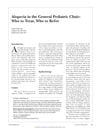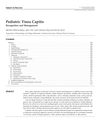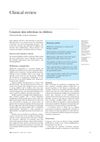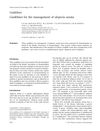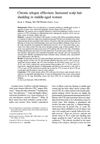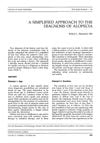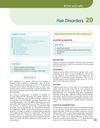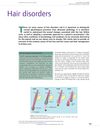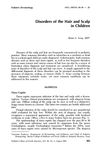What's Missing From This Picture? An Approach to Alopecia in Children
November 2007
in “
Archives of Disease in Childhood: Education & Practice
”
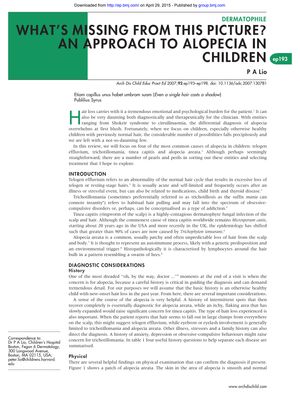
TLDR The document concludes that accurate diagnosis of alopecia in children relies on thorough examination and history, and while treatments exist, none can alter the course of alopecia areata, which can significantly affect a child's psychological well-being.
The 2007 document reviews common causes of alopecia in children, including telogen effluvium, trichotillomania, tinea capitis, and alopecia areata, detailing their symptoms, diagnosis, and treatment options. It emphasizes the importance of history and physical examination in diagnosis and mentions laboratory tests for certain conditions. The document also discusses alopecia areata in depth, noting that while spontaneous recovery can occur, there are no treatments that modify the disease. Factors indicating a poorer prognosis are identified, and various treatments are evaluated, including corticosteroids and contact sensitization therapy, each with their own limitations and side effects. The review underscores the psychological impact of alopecia on children and the importance of providing support and counseling. No specific study sizes are mentioned as it is a general overview.

